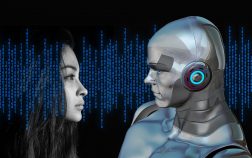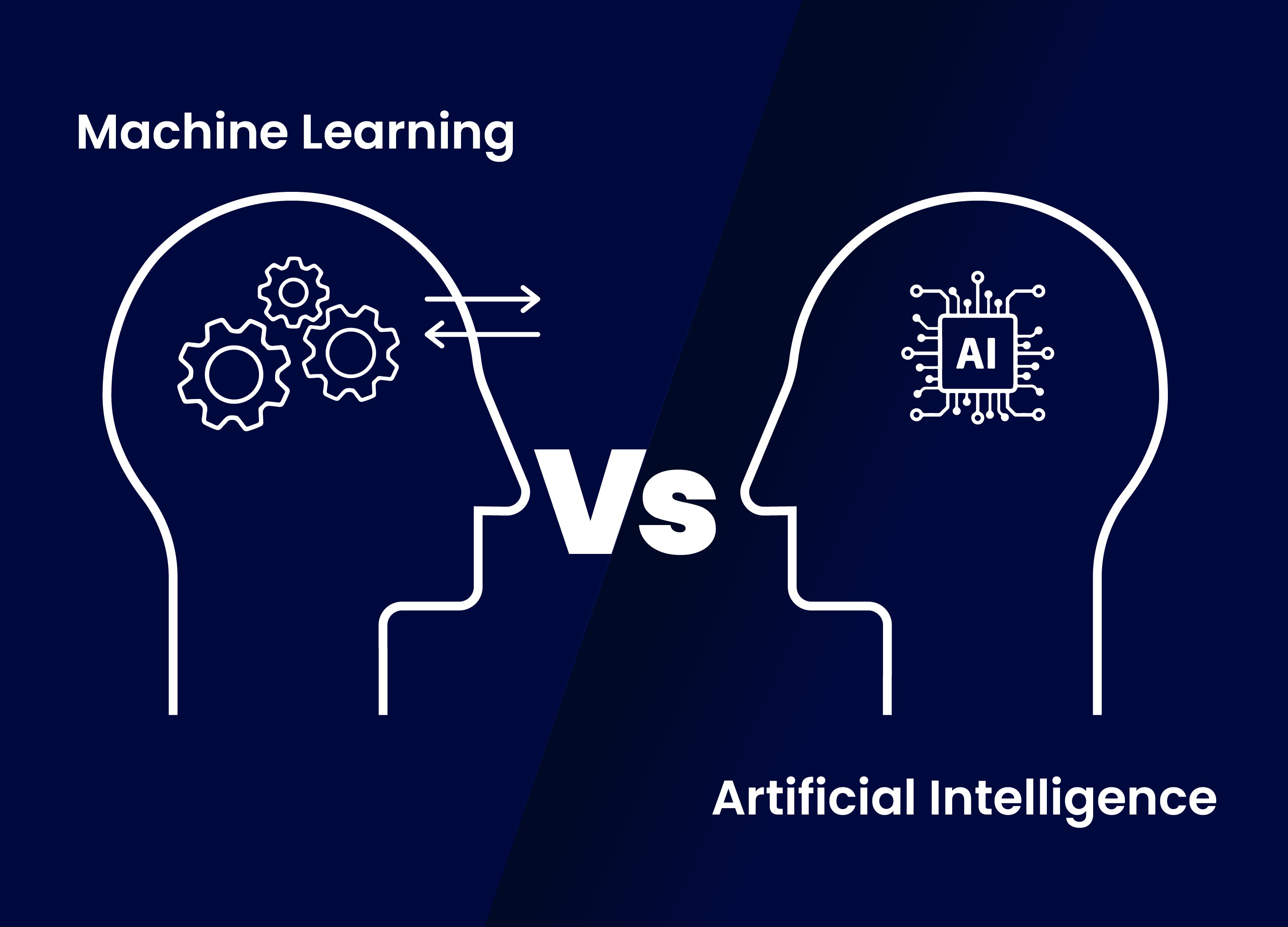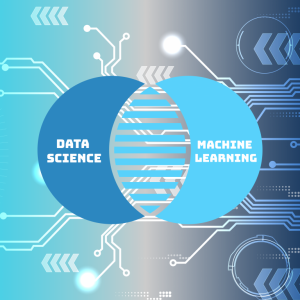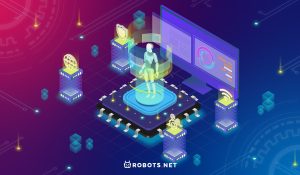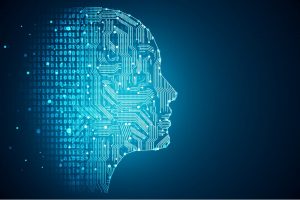Want to set a computer scientist’s teeth on edge? Try talking about “artificial intelligence (AI)” when you really mean “machine learning (ML)”.
Marketers may be throwing both terms about like they’re going out of fashion. But, that doesn’t mean they’re interchangeable – far from it. The fact is, both AI and ML tools are very much part of everyday life. Remember those Gmail nudges and smart replies? How about your Starbucks app’s uncanny ability to predict your caffeine requirements? Even as we are immersed in AI tools, most people aren’t able to distinguish between AI and ML.
This could be due to the fact that some brands are happy to blur the lines when it comes to AI vs ML. A recent report showed that a significant proportion of European start-ups who claim to use AI in their technology don’t actually do so. Sneaky!
Many people think that such advanced concepts are beyond them. Hence, not many would take the time to understand these technologies. But that’s actually pretty far from the truth. Let’s take an in-depth look at AI and ML. From what they actually mean to the impact they have on your daily routine.
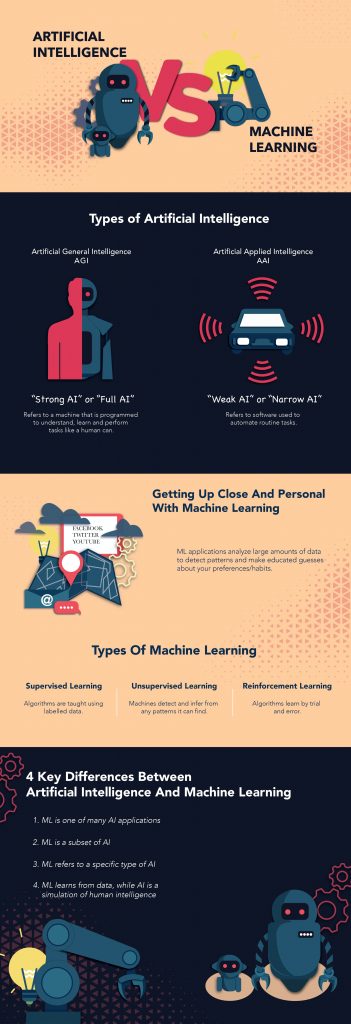

What Exactly Is Artificial Intelligence?
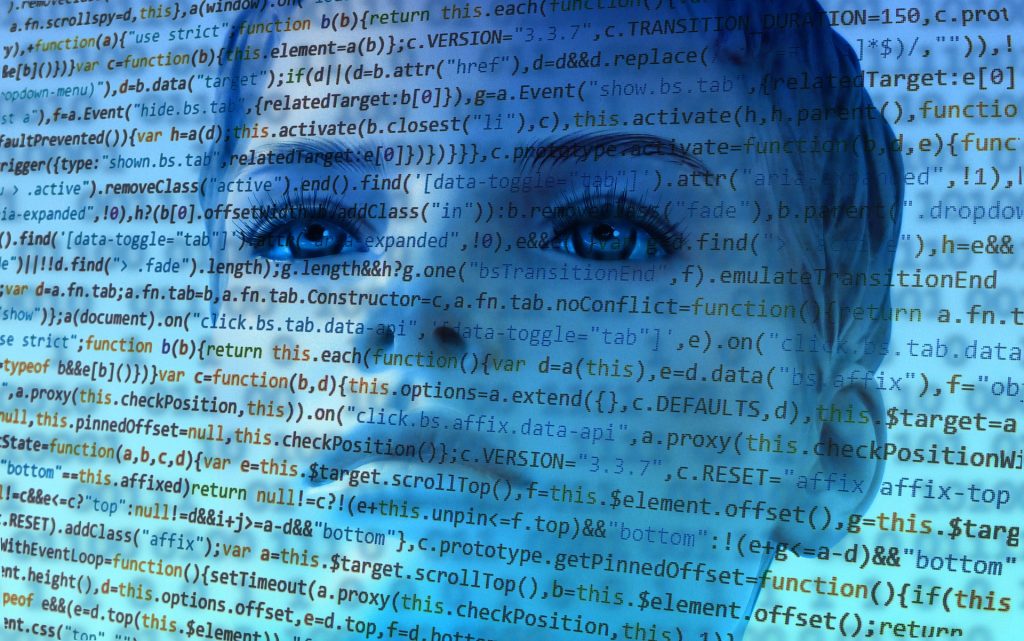

Let’s start with the basics: what does AI actually stand for? As you most probably know, AI stands for “artificial intelligence”, also known as machine intelligence. Even though AI has become a major buzzword in recent years, it is far from a new concept. The truth is, humans have dreamed of creating mechanical brains as far back as centuries ago.
It wasn’t until the 1950s, with the emergence of computers, that scientists began to seriously consider the idea of building an artificial brain. Fast forward a few decades later, we’re still not quite there yet. Our understanding of how human minds work has greatly evolved, alongside the sheer amount of computer power we have at our disposal.
The more we understand about the way human minds work, the more our approach to AI evolves. Early development of AI focused mainly on calculation. Today, we are interested in AI applications that can make decisions on its own.
Types Of Artificial Intelligence
There are two major types of AI: Artificial General Intelligence (AGI) and Artificial Applied Intelligence (AAI).
When it comes to AGI, also known as “strong AI” or “full AI”, we’re not quite there yet. The primary goal of AGI is to develop a machine’s ability to understand, learn and carry out tasks in the same way a human can. Current AI tools are able to match or outperform humans when it comes to a given task. However, present AI solutions can’t carry out a broad range of functions in the same way we can. From that point of view, we’re safe from a robot takeover (for now).
AAI, also known as “weak AI” or “narrow AI”, refers to software that is used to automate certain tasks. Such tasks can include piloting an autonomous car or trading stocks and shares. AAI doesn’t aspire to simulate the full range of human intelligence.
Getting Up Close And Personal With Machine Learning


And how about machine learning? Well, ML pretty much runs the world! The technology powers many of the services we know and love. (Netflix, anyone?)
When it comes to AI vs ML, the latter is basically a subset of the former. The development of ML started when AI scientists realised that it was easier to teach machines to learn rather than to programme them to execute individual tasks. ML algorithms are behind most of the AI tools that we hear about and use everyday. ML applications sift through massive amounts of data (digital information such as clicks, “likes”, images, text, etc.) to detect patterns and make educated guesses about what you want to watch / listen to / read / eat next.
As you can imagine, this is the technology behind the online platforms you use everyday, such as Facebook, Spotify, Tinder, YouTube, among other programs. Not to mention voice assistants such as Siri and Alexa with their ability to present you with exactly what you want – before you even know you want it.
Types Of Machine Learning Applications
There are different types of ML, just as there are different types of AI.
In supervised learning, algorithms are taught using labelled data. Applications such as Google Maps or Waze are trained using data such as weather conditions, time and date, in order to calculate how long it will take a user to get home from his or her place of work via a given route.
Unsupervised learning, on the other hand, uses unlabeled data. This enables machines to detect any patterns it can find. The applications of unsupervised data are less obvious. Therefore, it is a less popular technique than supervised data. However, it can be a useful technique to find previously undetected patterns.
In reinforcement learning, algorithms learn by trial and error in order to achieve a given objective. The machine is rewarded when they do so, similar to training an animal using treats. Reinforcement learning was used to develop AlphaGo, the first computer programme able to beat a world Go champion.
4 Key Differences Between Artificial Intelligence And Machine Learning
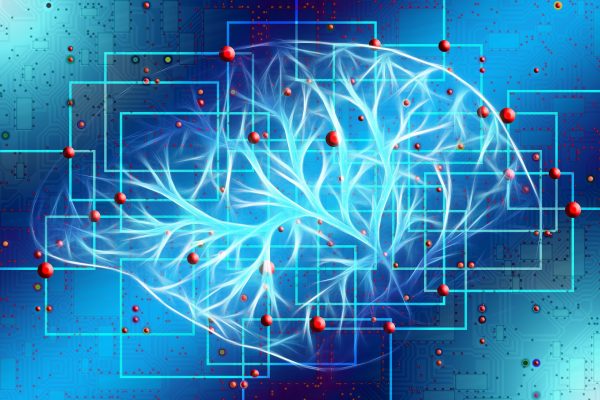

So, now that you have learnt all about AI and ML, let’s take a look at the main differences between the two fields.
1) ML is one of many AI applications
AI is a whole area of computer science while ML is an application of AI. AI is a category of technologies and tools that enable computer systems to imitate human decision-making processes. ML, on the other hand, uses data to develop experiential intelligence (the way a person deals with novel situations using their skills and knowledge).
2) ML is a subset of AI
All machine learning is artificial intelligence, but not all artificial intelligence is machine learning.
3) There is a more specific objective behind ML applications
AI aims to empower machines with human intelligence. ML aims to empower computer systems with the ability to learn. This is probably the main distinction between AI and ML.
4) ML learns from data, while AI is a simulation of human intelligence
AI simulates human intelligence in order to solve complex problems, while ML learns from data in order to maximise performance related to given tasks. ML basically powers the advancement of modern computing through pattern detection, new scenarios, testing and adaptation.
Current State Of Artificial Intelligence And Machine Learning
If you think about it, the current hype around AI is actually strongly related to ML. Recent breakthroughs in ML development means that industries across the board are currently reaping its benefits. From banking and manufacturing to tourism and marketing, the business world is transforming together with AI and ML.
The current applications of AI and ML also have a deep impact on our personal lives. Only ten years ago, machine translations often gave completely farcical results. Today, the results offered are somewhat more realistic. Current ML software can read a text and detect the emotional state of the author. At the time of writing this article, technology is currently being trialed by Facebook in order to detect potentially dangerous mental states in users and tendencies towards self-harm.
Another example of ML application is chatbots, which you most probably have encountered on some websites. These bots use natural language processing (NLP) to converse with visitors, answer basic queries and make recommendations based on personal preferences and previous purchases.
Future Of Artificial Intelligence And Machine Learning


NLP is just one of the exciting advances we’ve seen in AI and ML over the past decade. NLP development means that it’s now possible to converse with a machine as you would with a human being. It may feel futuristic, but the practical applications of being able to communicate fluently with robots are numerous. Customer service, human resources, sales, support, travel and healthcare are all fields that are currently reaping the benefits of NLP machine learning.
These benefits won’t be limited to business. Personal assistants such as Siri or Alexa are gaining widespread adoption and are set to become a fixture in people’s homes over the next few years. Soon, using virtual assistants to order a pizza, booking flights or playing music will become second nature.
Flying cars aren’t a reality as of now. But nonetheless, the future promises impressive advances when it comes to AI and ML. Tech experts reckon that the average person will start to place as much faith in ML-generated recommendations as they do the advice of close friends.
And while machines are never going to completely replace tasks that require a human touch, there’s a lot of ways in which AI and ML can help automate processes. The potential of ML to interpret vast quantities of data and provide recommendations will help professionals with making decisions. Therefore, enabling a more efficient and productive workforce.
Artificial Intelligence Vs Machine Learning: What’s The Verdict?
While technologists and researchers continue to strive towards the possibility of an AI that truly simulates human intelligence and the full complexity of our decision-making processes, the truth is AI and its ML subset are already very much part of our daily lives. Not only has ML brought about a fundamental shift in the way we perceive AI, it has also made possible a wide range of applications that make our lives easier and more fulfilling in many different ways. And as for what comes next: the sky’s the limit!









